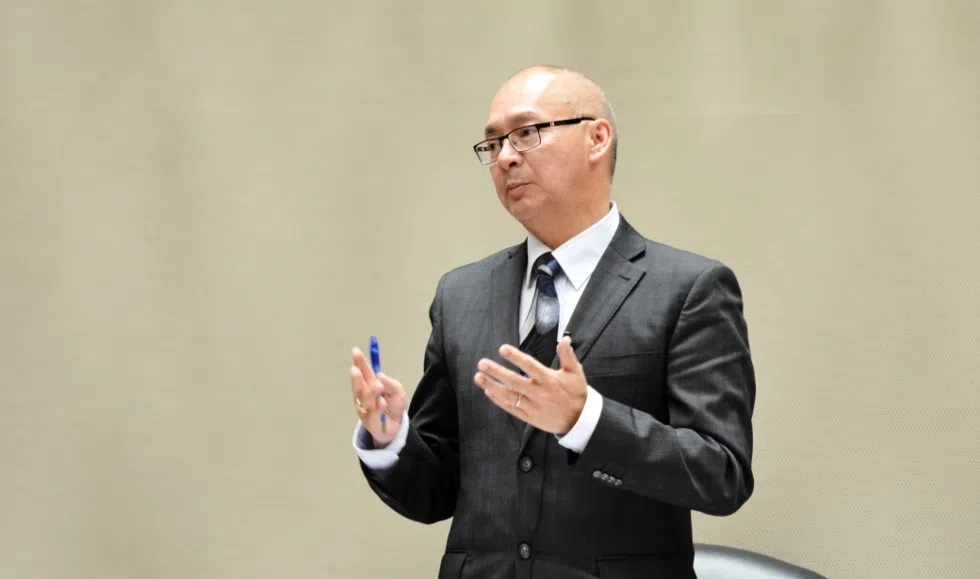
For the City, a correction is a sign of transparency
It’s been two years since Prince Albert’s city council passed the multi-year water and sewer utility rate increase, and on Monday, the City revised its projected revenues.
In 2013, when the report was put together, the annual projected revenues was based on only one of the four revenue streams generating money in the water and sewer utility. While the forecasted percentage increases were correct, the amounts of money generated in 2013 and 2014 were significantly higher than expected.
City manager Jim Toye explained that administration reviewed the numbers in the original report and believes there was an error made.
Each spring, over the four-year period, administration is required to provide a report reviewing the status of the revenue. Toye went to work on the report this year and noticed that the revenues were much higher than first estimated. For example, in 2014, the projected revenue was $250,000, but the utility actually generated $1,366,550. The difference between expectations and actuals is just more than a million dollars.


